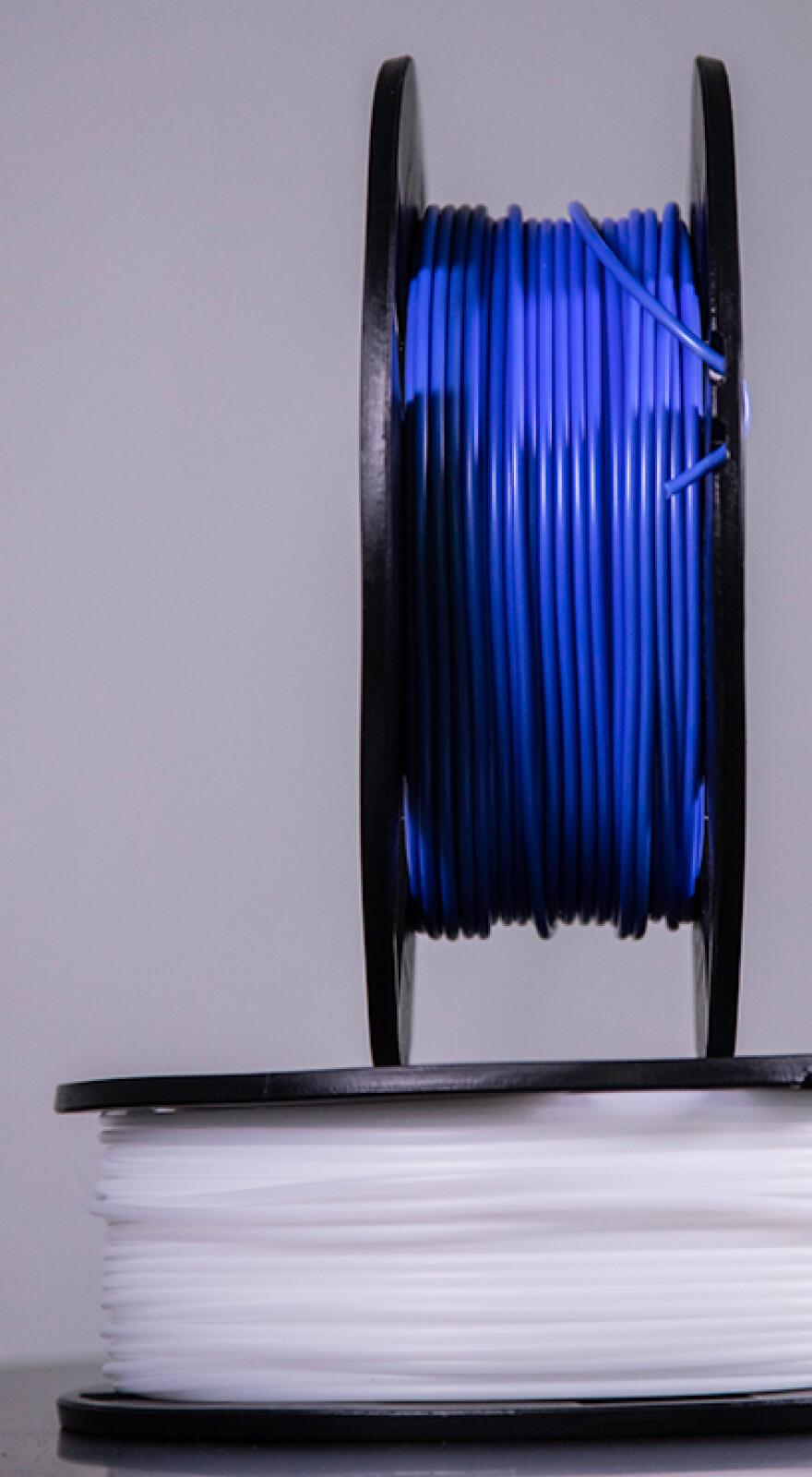Knowde Enhanced TDS
Identification & Functionality
- Chemical Family
- Plastics & Elastomers Functions
- Technologies
- Product Families
Features & Benefits
- Materials Features
- Product Highlights
Impact Strength
UTEC is the best solution compared to other materials because of its remarkable impact strength.
Coefficient of Friction
UTEC is an excellent material for sliding applications where low coefficient of friction properties are required, working as a self-lubricating material.
Chemical Resistance
UTEC is extremely resistant to a wide variety of substances. The material is almost totally inert; therefore, it can be used in the most corrosive or aggressive environments at moderate temperatures. Even at high temperatures, UTEC is resistant to several solvents, except aromatic, halogenated hydrocarbons and strong oxidizing materials, such as nitric acid.
Compatibility tests between a product sample and the chemical environment are strongly recommended to verify satisfactory part performance, at the same conditions, for a period of time equal to the life time expected for each new application. Even substances classified with high attack or absorption characteristics show good practical results.
Abrasion Wear Resistance
Another outstanding UTEC property is the abrasion wear resistance. This makes UTEC suitable for replacing metals in applications that require high abrasion resistance while providing light-weighting benefits.
Processing
It is not possible to process UTEC through conventional extrusion methods or injection or blow molding, because this material does not flow even at temperatures above its melting point. UTEC requires special processing techniques, such as RAM extrusion and compression molding. These processes are generally used to produce semi-finished parts such as rods and sheets. UTEC can be sintered into porous parts (filters) and calendered into porous sheets. It can also be gel processed into fibers or for a variety of battery separator applications.
Those semi-finished parts can then be machined into parts for a wide range of applications. It is possible to use the same machining techniques as those used for wood or metal, such as sawing, milling, planing, drilling and turning. Other conversion processesmay also be used.
Molecular Structure
The UTEC molecular structure has direct impact on its physical and thermal properties as well as processing performance. There are some characterization methods which can be used to measure the molecular weight of polymers. In the case of UHMWPE resins, the viscosity of polymer diluted solutions is widely used for that purpose.
Applications & Uses
- Applications
- Plastics & Elastomers Processing Methods
- Recommended Uses & Known Applications
Applications which require high wear resistance - technical parts,RAM extruded/compression molded rods, sheets, profiles, and pipes.
Properties
- Physical Properties
- Mechanical Properties
- Thermal Properties
- Electrical Properties
| Value | Units | Test Method / Conditions | |
| Average Molecular Weight | 6.0x10⁶ | g/mol | — |
| Average Particle Size (Dp50) | 190 | μm | ASTM 1921 |
| Bulk Density | 0.45 | g/cm³ | ASTM 1895 |
| Density | 0.925 | g/cm³ | ASTM792 |
| Intrinsic Viscosity | 24 | dL/g | ASTM4020 |
| Value | Units | Test Method / Conditions | |
| Charpy Impact Strength | 90 | kJ/m² | ISO 11542-2 |
| Hardness | 64 | Shore D | ISO 868 |
| Tensile Strength at Break | min. 30 | MPa | ISO 527 |
| Tensile Strength at Yield | 17 | MPa | ISO 527 |
| Ultimate Elongation | min. 350 | % | ISO 527 |
| Value | Units | Test Method / Conditions | |
| Melting Temperature | 133 | °C | ASTM 3418 |
| Value | Units | Test Method / Conditions | |
| Surface Resistivity | min. 10¹² | ohm | ASTM 257 |
| Volume Resistivity | min. 10¹⁴ | ohm.cm | ASTM 257 |
Regulatory & Compliance
- Certifications & Compliance

